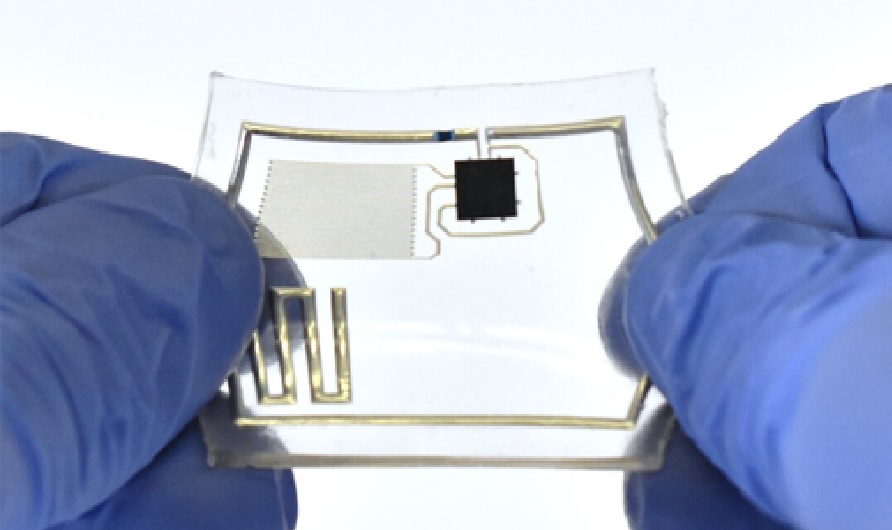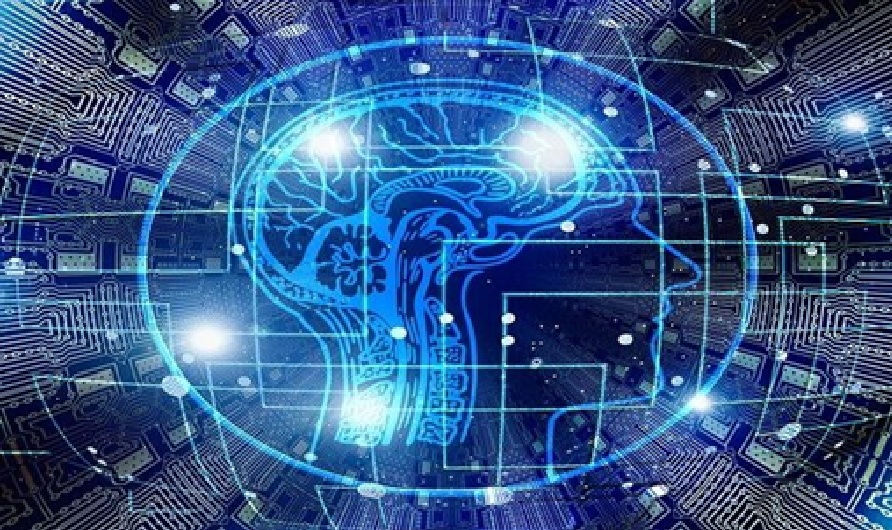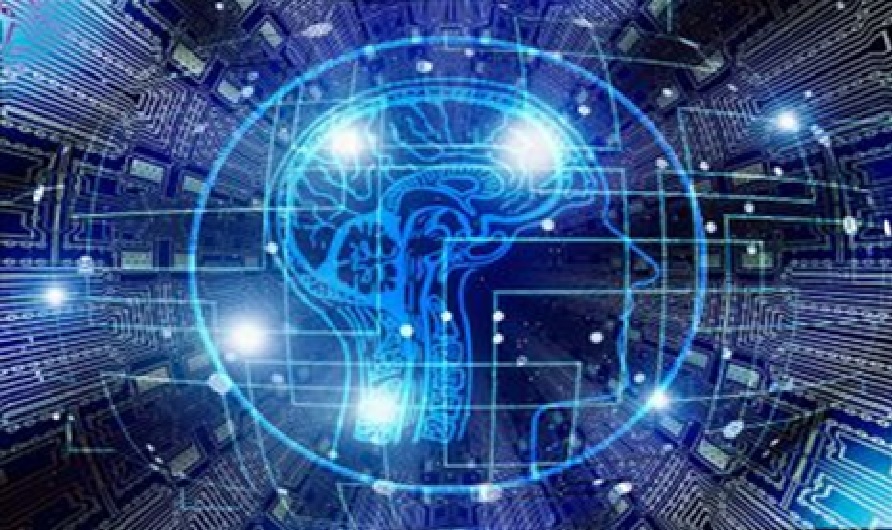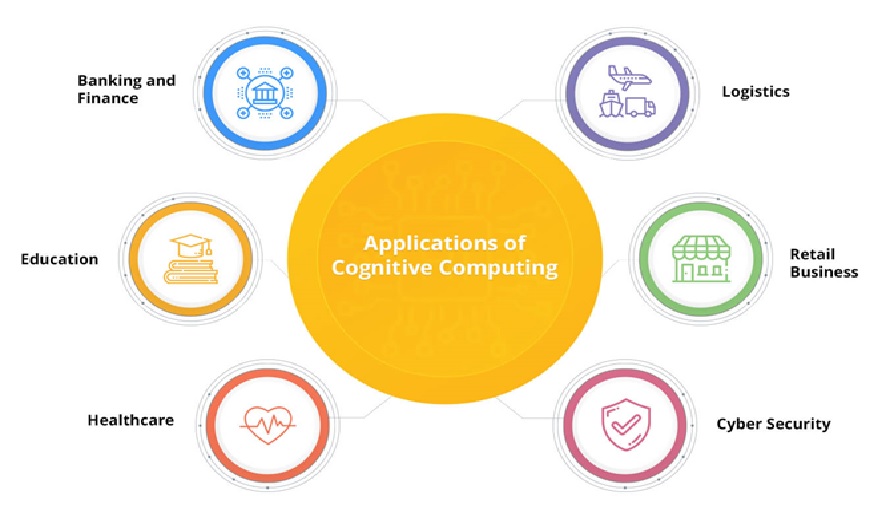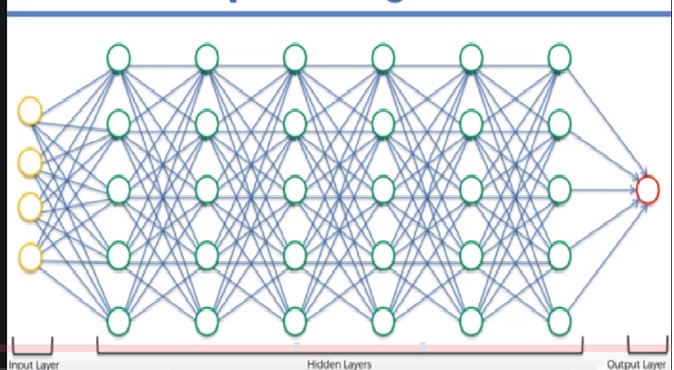Generative AI
Generative AI refers to the use of artificial intelligence algorithms to generate new data, such as images, video, or text, that is similar to data that already exists. Generative AI models can learn to generate new data by analyzing large datasets and identifying patterns and relationships within the data.

Figure 1. Generative AI
Figure 1 is an example image of generative AI. There are several types of generative AI models and some of them are:
Generative Adversarial Networks (GANs)
Generative Adversarial Networks (GANs) are a powerful class of neural networks that are used for unsupervised learning. It was developed and introduced by Ian J. Goodfellow in 2014. GANs are basically made up of a system of two competing neural network models which compete with each other and are able to analyze, capture and copy the variations within a dataset. [1]
Variational Autoencoders (VAEs)
VAEs are a type of neural network that is trained to generate new data by compressing existing data into a lower-dimensional representation and then using this representation to generate new data. VAEs can be used to generate new data that is similar to the training data, but with some variations or modifications.
Auto-Regressive Models:
An autoregressive (AR) model forecasts future behavior based on past behavior data. This type of analysis is used when there is a correlation between the time series values and their preceding and succeeding values.
Autoregressive modeling uses only past data to predict future behavior. Linear regression is carried out on the data from the current series based on one or more past values of the same series.
AR models are linear regression models where the outcome variable (Y) at some point of time is directly related to the predictor variable (X). In AR models, Y depends on X and previous values for Y, which is different from simple linear regression. [2]
Generative AI has many potential applications, such as generating synthetic data for training machine learning models, creating realistic images and videos for entertainment or advertising, and generating new content for social media or marketing campaigns. However, there are also concerns around the potential misuse of generative AI for creating fake or misleading content, and the need for ethical guidelines and regulations to ensure that this technology is used responsibly.
References:
- https://www.geeksforgeeks.org/generative-adversarial-network-gan/
- https://www.turing.com/kb/guide-to-autoregressive-models#what-is-an-autoregressive-model?
Cite this article:
Hana M (2023), Generative AI, AnaTechMaz, pp.194



